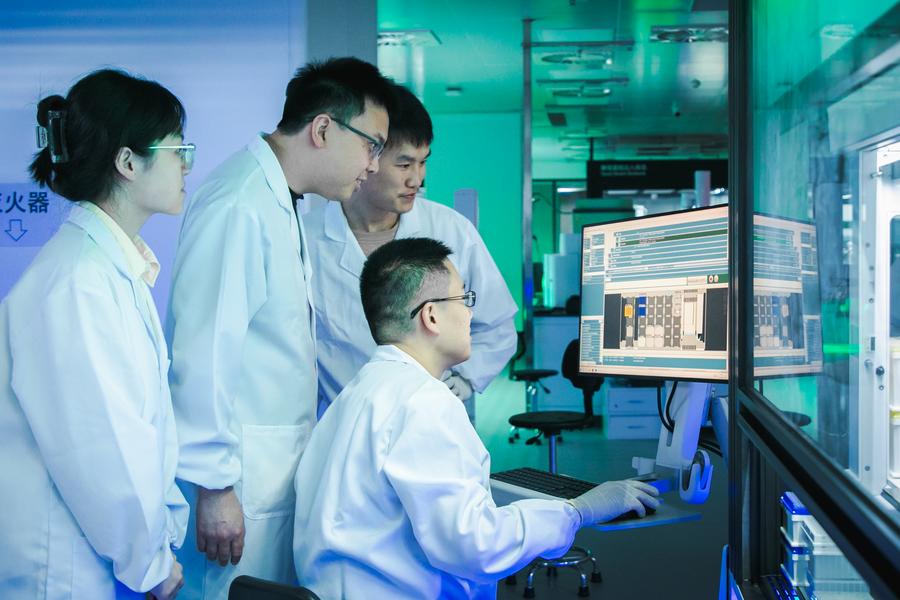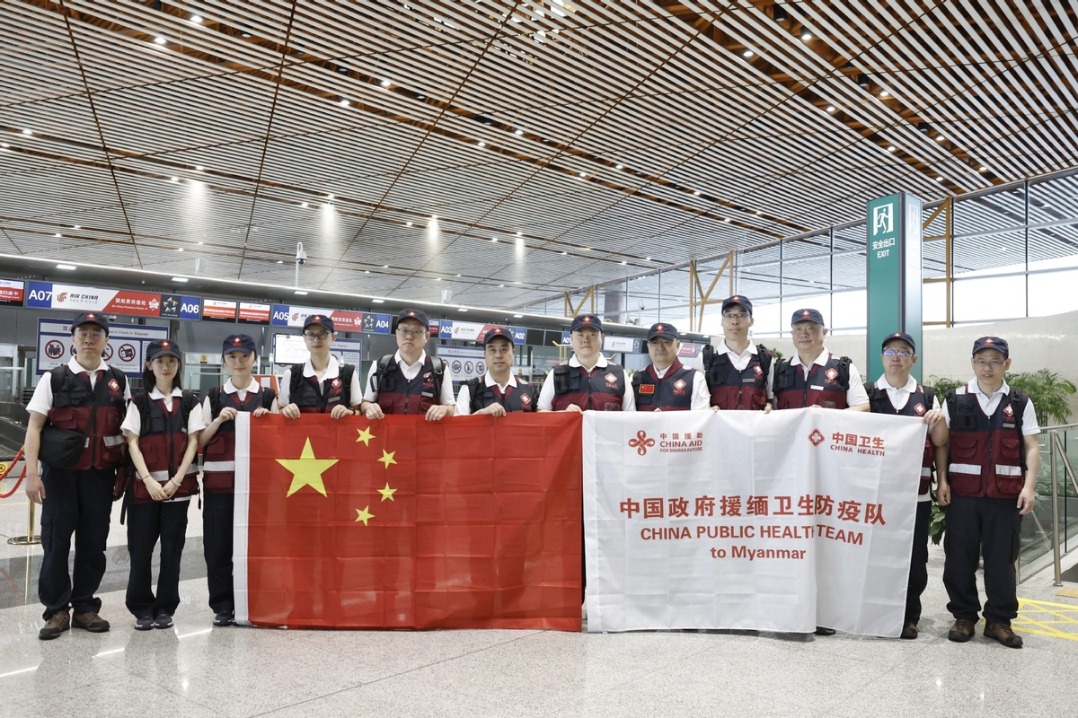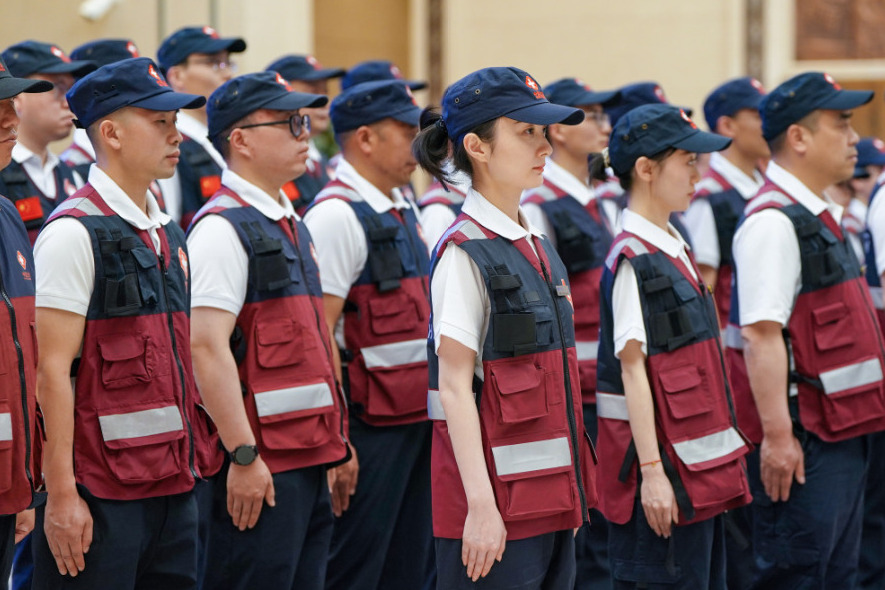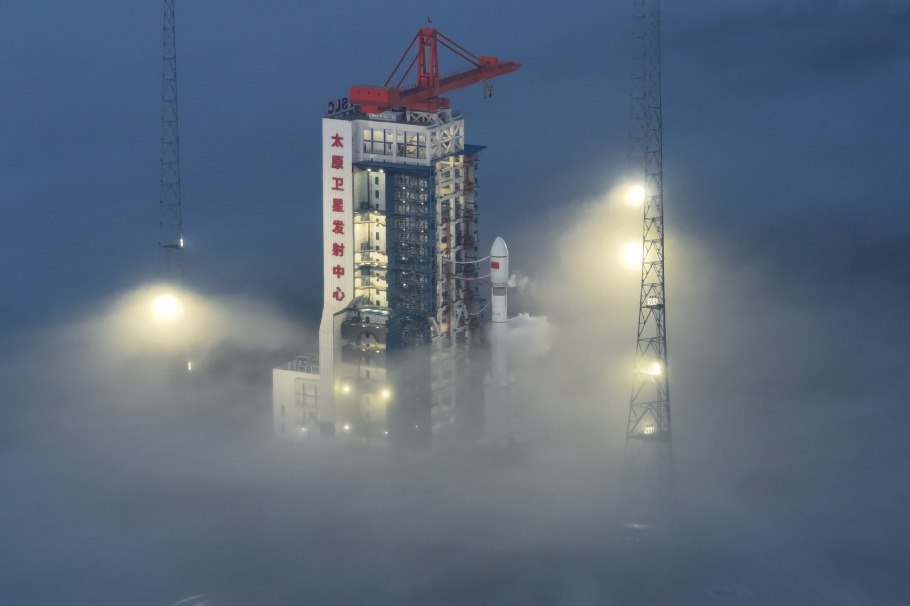Chinese researchers make breakthrough with immune cells


SHENZHEN — Chinese scientists have made a discovery about immune cells that opens possible new pathways for treating neurological diseases such as developmental disorders, nerve injury, abnormal pain and viral nerve infections.
The research team at the Shenzhen Institutes of Advanced Technology of the Chinese Academy of Sciences confirmed the existence of microglia — a type of immune cellin the peripheral nervous system, which is composed of all the nerves outside the brain and spinal cord.
Microglia were previously only detected in the brain and spinal cord, known as the central nervous system.
This breakthrough provides novel insights into the development of the peripheral nervous system.
The study was published in the latest issue of Cell.
An international reviewer commented: "This is a very important new discovery and frameshift in our understanding. Prior to this, we assumed there were no microglia-like cells outside the CNS (central nervous system)."
Immune cells play significant roles in embryonic development, organ formation, maintaining body stability and influencing disease occurrence and progression. Microglia, a subset of tissue resident immune cells discovered in 1919, have been thought to exist solely within the CNS, scientists explained.
However, a 2023 study by a team led by researcher Li Hanjie, also published in Cell, discovered microglia in human fetal skin, testicle and heart tissues.
"Initially, we observed microglia in non-CNS tissues but could not confirm their presence in the PNS (peripheral nervous system). This uncertainty drove over a year of rigorous investigation," said Wu Zhisheng, first author of the latest Cell paper.
The team's experiments included humans, monkeys and pigs, and they collected biological samples from wild and farmed sources and developed a novel research framework. Their efforts conclusively verified the existence of PNS microglia.
"PNS microglia are absent in small vertebrates like mice and rats, which have long served as primary model animals for scientific research. This may explain why these cells remained undetected until now," said Li, the study's corresponding author.
The research leveraged cutting-edge infrastructure, including Shenzhen's major synthetic biology and brain science facilities, as well as the facility for phenotypic and genetic analysis of model animals at the Kunming Institute of Zoology of the CAS.
The discovery may reshape understanding of various PNS-related disorders. For instance, dysfunctions of these PNS microglia cells may contribute to congenital PNS defects during fetal development. It may also provide new drug targets for treating PNS hereditary neurological diseases, said Li.
In PNS nerve injury or neurodegeneration, activation of PNS microglia may clear damaged tissues and promote neural regeneration. In addition, during viral infections they may shield neurons from pathogens.
In pain regulation, PNS microglia may respond to the neuronal signals via releasing pain-causing molecules or secreting analgesic factors to modulate the pain symptoms in patients. This "double-edged sword" characteristic offers the possibility of precise intervention for pain management, Li added.
Xinhua
- Chinese researchers make breakthrough with immune cells
- Number of rare diving duck soars
- Robots comfort seniors at care center
- Shanghai university project advances eco-friendly aquaculture in Cambodia
- Grain yields to grow over next decade
- China boosts public health with vaccine and immunization progress






































